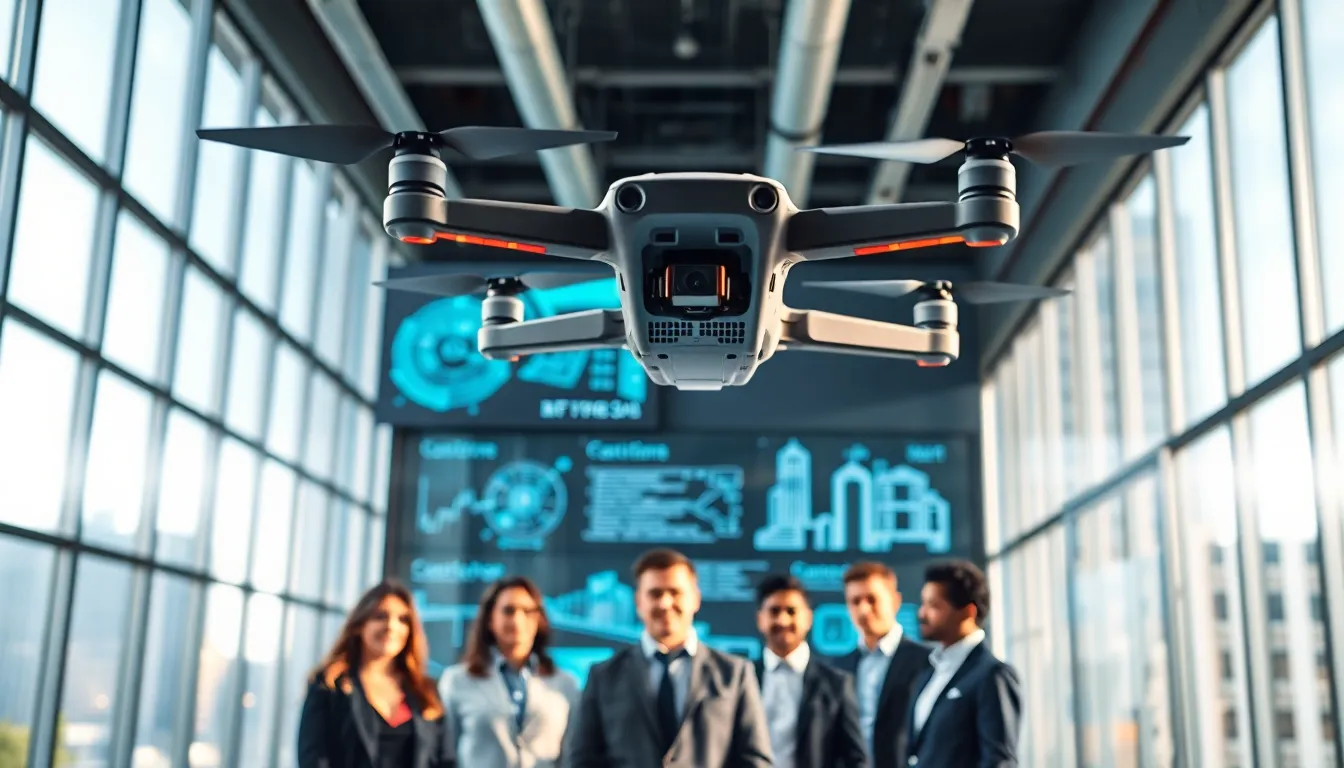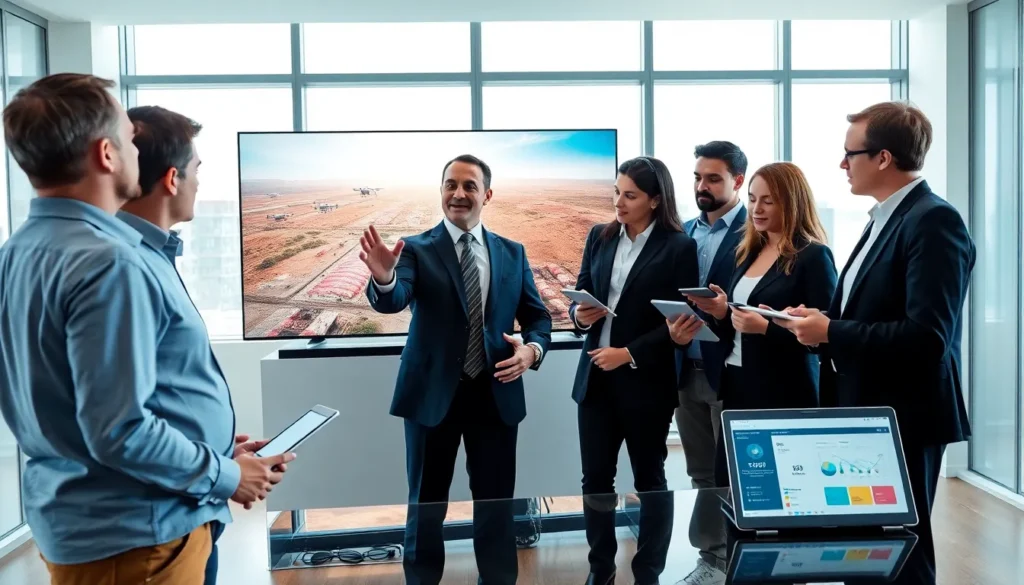Table of Contents
ToggleFlyby robotics are shaking things up in a world where exploration and automation meet. Imagine a fleet of drones zipping through uncharted territories or robots navigating complex environments autonomously. Makes the heart race, doesn’t it? From deep space missions to mundane tasks at home, these wonders of technology are set to change the game. If you’re curious about how these innovations are transforming industries and everyday life, then buckle up, this journey into the world of flyby robotics is bound to excite.
What Are Flyby Robotics?

Flyby robotics encompass a range of automated systems designed for navigation and exploration. Predominantly, they include drones and autonomous robots that can move in various environments without direct human intervention. With advanced sensors and artificial intelligence, they can perform complex tasks, from reconnaissance in inhospitable terrain to automated delivery services in urban settings. These systems rely on pre-programmed instructions and real-time decision-making capabilities, allowing them to adapt and respond to changes in their surroundings. As a result, they can tackle challenges that would be daunting for human operators in both safety and efficiency.
Key Technologies Behind Flyby Robotics
Several core technologies propel flyby robotics into the forefront of exploration and automation. Firstly, Artificial Intelligence (AI) plays a significant role, enabling robots to process data and make decisions in real time. AI allows drones to analyze their environment, avoiding obstacles and adjusting their paths accordingly. Next up, sensors and cameras provide essential feedback for navigation and task performance. These devices can include LIDAR, which offers precise distance measurements, and RGB cameras for visual recognition of objects.
Also, GPS technology is crucial for outdoor navigation, ensuring robots know their precise location, enabling them to travel long distances with accuracy. Finally, advancements in battery technology are vital for extending the operational time of these devices, allowing them to work longer without needing a recharge. Collectively, these innovations create a powerful toolkit for flyby robotics, shaping their efficiency and effectiveness.
Applications of Flyby Robotics
The applications of flyby robotics are as diverse as they are impressive. In the professional realm, they are heavily utilized in fields such as agriculture, where drones can monitor crop health, optimize irrigation, and even assist in planting seeds. In infrastructure inspections, flyby robots provide real-time surveillance of buildings, bridges, and pipelines, making maintenance safer and more efficient.
Exploration is another significant area where these technologies shine. They are instrumental in disaster response, quickly surveying hazardous environments like earthquake zones or flooded cities, providing first responders with crucial data without putting human lives at risk. In the realm of space exploration, robotic systems are sent to explore planets and moons far beyond Earth, gathering data that could answer fundamental questions about our universe.
The commercial sector isn’t left behind either: companies are adopting flyby robotics for automated deliveries, improving efficiency and reducing costs. It’s clear that they hold potential across many industries.
Advantages of Using Flyby Robotics
Flyby robotics offer several advantages that make them a compelling choice for various applications. First, they significantly enhance safety, reducing human involvement in dangerous environments. Whether navigating high-rise buildings or entering battle zones, these robots mitigate risks and protect lives.
Next, we can’t overlook cost efficiency. By automating routine tasks, businesses can save time and money, eventually boosting productivity. Robots can work continuously without breaks, leading to faster completion of tasks compared to human workers.
Another point to consider is data accuracy. Flyby robotics collect extensive data with a level of detail that surpasses human capabilities. This precision leads to more well-informed choice-making. Also, these systems can operate in areas that are difficult or even impossible for humans to access, from dense forests to the depths of oceans.
Finally, with increasing advancements, these robots are becoming increasingly scalable, making it easy for companies to adapt their use as demands change.
Challenges and Limitations
Even though their impressive abilities, flyby robotics face several challenges and limitations. One significant concern is technical reliability. Systems can malfunction or fail, especially in extreme conditions. Reliability is paramount, particularly in applications involving human safety.
Also, regulatory issues pose another hurdle. The integration of flyby robotics into airspace or crowded environments requires navigating complex legislation and permissions, which can vary significantly by region.
Environmental impact is another consideration. While flyby robotics can reduce the carbon footprint compared to traditional methods, the production and disposal of high-tech equipment still raise concerns.
Finally, there’s the issue of data privacy. As these technologies often rely on visual and sensory data collection, they must navigate the fine line between efficient monitoring and invading personal privacy. Balancing these factors is essential for their long-term success.
The Future of Flyby Robotics
The future of flyby robotics appears promising and ever-evolving. Ongoing research into machine learning is set to enhance autonomous decision-making capabilities, enabling robots to learn and adapt more effectively from previous experiences. As these technologies grow smarter, the potential applications will only expand.




